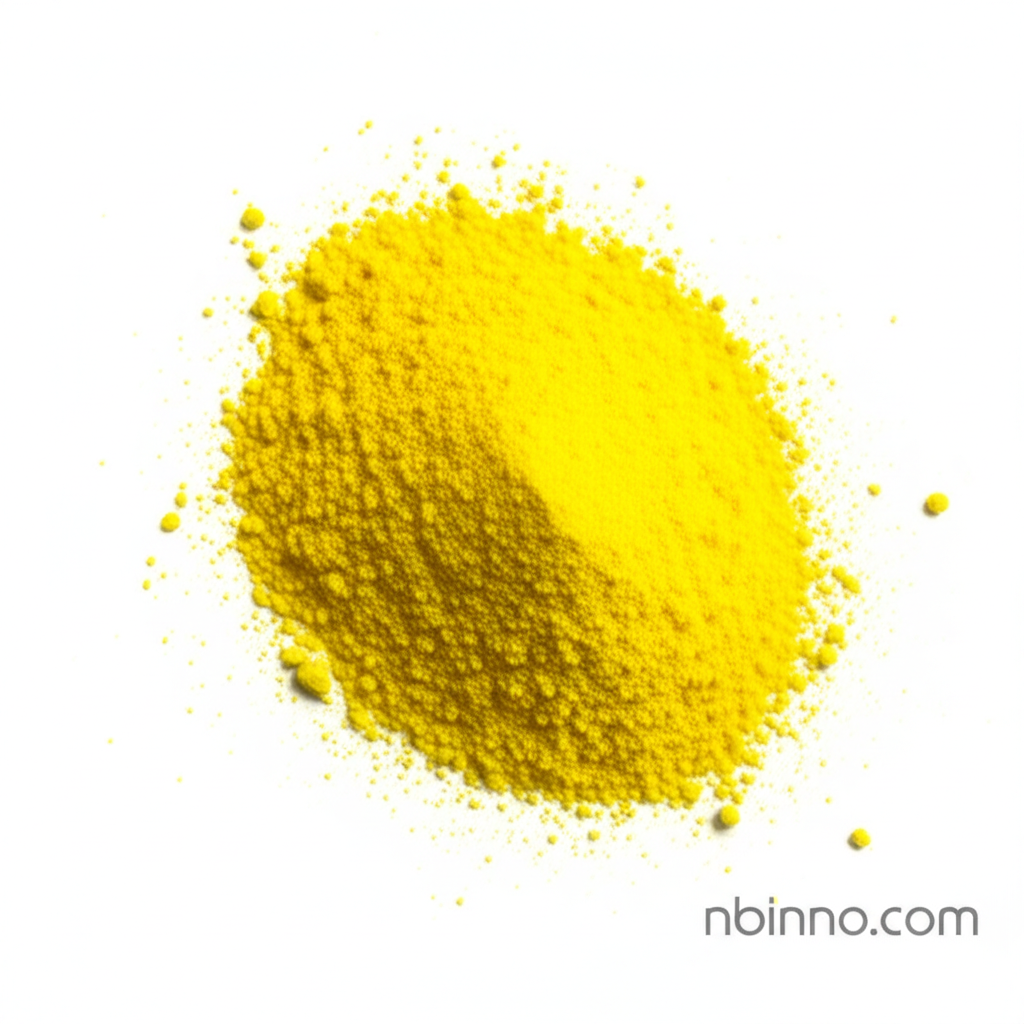Carbonyl(acetylacetonato)(triphenylphosphine)rhodium(I): A Key Catalyst for Hydroformylation and Organic Synthesis
Discover the power of this essential organometallic compound in driving chemical reactions and advancing synthesis.
Get a Quote & SampleProduct Core Value

Carbonyl(acetylacetonato)(triphenylphosphine)rhodium(I)
This organometallic compound, identified by CAS No. 25470-96-6, is a highly effective homogeneous catalyst crucial for various chemical processes, particularly in carbonyl alcohol synthesis and hydroformylation. Its unique structure and properties make it indispensable for driving efficient and selective reactions.
- As a catalyst for the chemical process of carbonyl alcohol synthesis, this compound facilitates the creation of valuable alcohol products.
- Leveraging its role in homogeneous catalysis for hydroformylation, it enables the conversion of alkenes into aldehydes with high efficiency.
- The precise Rh content of 20.7% min ensures optimal catalytic activity and reliability in complex reaction systems.
- Its solubility in acetone and chlorinated solvents allows for versatile application in different reaction media and purification processes.
Advantages Offered by the Product
Enhanced Reaction Efficiency
Utilize carbonyl alcohol synthesis techniques with improved yields and reaction rates, thanks to the catalytic prowess of this rhodium complex.
Versatile Catalytic Applications
Benefit from its application in homogeneous catalysis for hydroformylation and other vital organic transformations, expanding your synthetic capabilities.
Reliable Performance
Achieve consistent and predictable results in your chemical processes due to the specified Rh content of 20.7% min, ensuring high purity and activity.
Key Applications
Carbonyl Alcohol Synthesis
A primary application involves its use as a catalyst in the synthesis of various alcohols, playing a key role in rhodium catalyzed addition of fluorinated acid chlorides to alkynes.
Hydroformylation
This compound is a cornerstone in hydroformylation processes, converting olefins into aldehydes, a critical step in many industrial syntheses.
Formylation Reactions
It also serves as a catalyst in formylation reactions, introducing formyl groups into organic molecules, which is vital for creating complex structures.
Hydroxylation Processes
Its catalytic capabilities extend to hydroxylation, enabling the introduction of hydroxyl groups into organic compounds, further broadening its utility.
